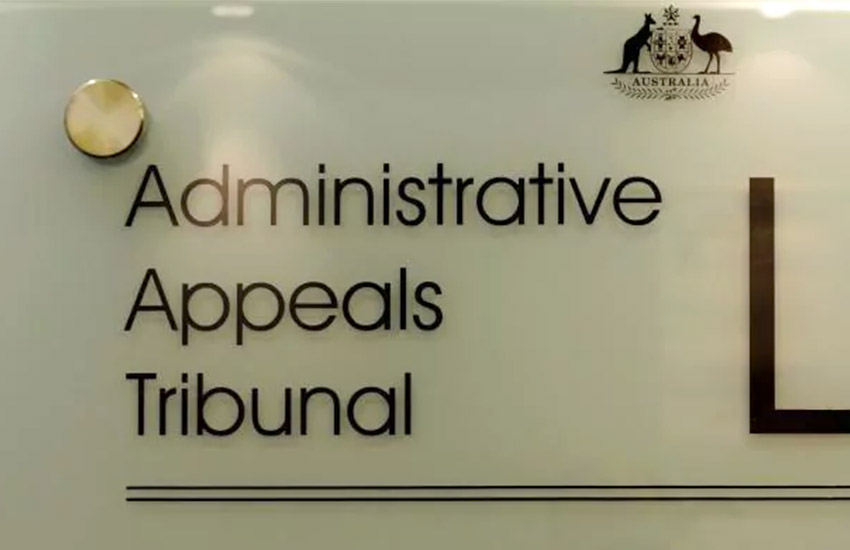The decision of Purcell and Commissioner of Taxation (Taxation) [2020] AATA 4235 involved voluntary superannuation contributions made by Elaine Purcell and her husband. These contributions totalled $4,000 and constituted non-concessional contributions.
Accordingly, Mrs Purcell had excess non-concessional contributions of $4,000.
You’re out of free articles for this month
On 13 February 2019, the Commissioner of Taxation advised Mrs Purcell of her excess non-concessional contributions. The commissioner then made an “excess non-concessional contributions determination”. The determination included, among other things, the rate of taxation that the contributions will attract if they are not released and the amount of “associated earnings”.
If Mrs Purcell elected to release the excess, 85 per cent of the associated earnings would also be released, which would be included in her assessable income.
DBA Lawyers special counsel Bryce Figot explained that while Mrs Purcell did not ask the commissioner to disregard or reallocate the excess non-concessional contribution, she did object to the excess non-concessional contributions determination itself.
“She appears to have had two reasons for this objection. Firstly, she appears to have claimed that the earnings rate (i.e. an annual rate of 8.73 per cent) was too high and effectively a penalty,” Mr Figot said.
“Secondly, she appears to have claimed that it was unfair that the proxy rate was applied to the excess amount not from the date the contributions were actually made (in May 2018) but rather from 1 July 2017.”
Mr Figot said the Administrative Appeals Tribunal (AAT) rejected the notion that the associated earnings constitute a penalty.
“Instead the AAT seemed to consider that the calculation of the associated earnings is merely the result of the application of fairly mechanical legislative provisions with no discretion for the commissioner to remit the size of the associated earnings,” he explained.
“The AAT did not expressly state this in the decision, but the AAT has no greater power than the commissioner under the original legislation. Therefore, as the commissioner had no discretion, neither did the AAT.”
Associated earnings, he said, are calculated using what can seem like a relatively high rate compared to the actual earnings rate of the super fund.
He also noted that associated earnings are calculated as if the excess was contributed to the superannuation fund on the first day of the financial year.
“Accordingly, all things being equal, one should try to make any large non-concessional contributions earlier in the financial year, in case that contribution later turns out to be an excess contribution,” he said.
Miranda Brownlee
AUTHOR
Miranda Brownlee is the deputy editor of SMSF Adviser, which is the leading source of news, strategy and educational content for professionals working in the SMSF sector.
Since joining the team in 2014, Miranda has been responsible for breaking some of the biggest superannuation stories in Australia, and has reported extensively on technical strategy and legislative updates.
Miranda also has broad business and financial services reporting experience, having written for titles including Investor Daily, ifa and Accountants Daily.



